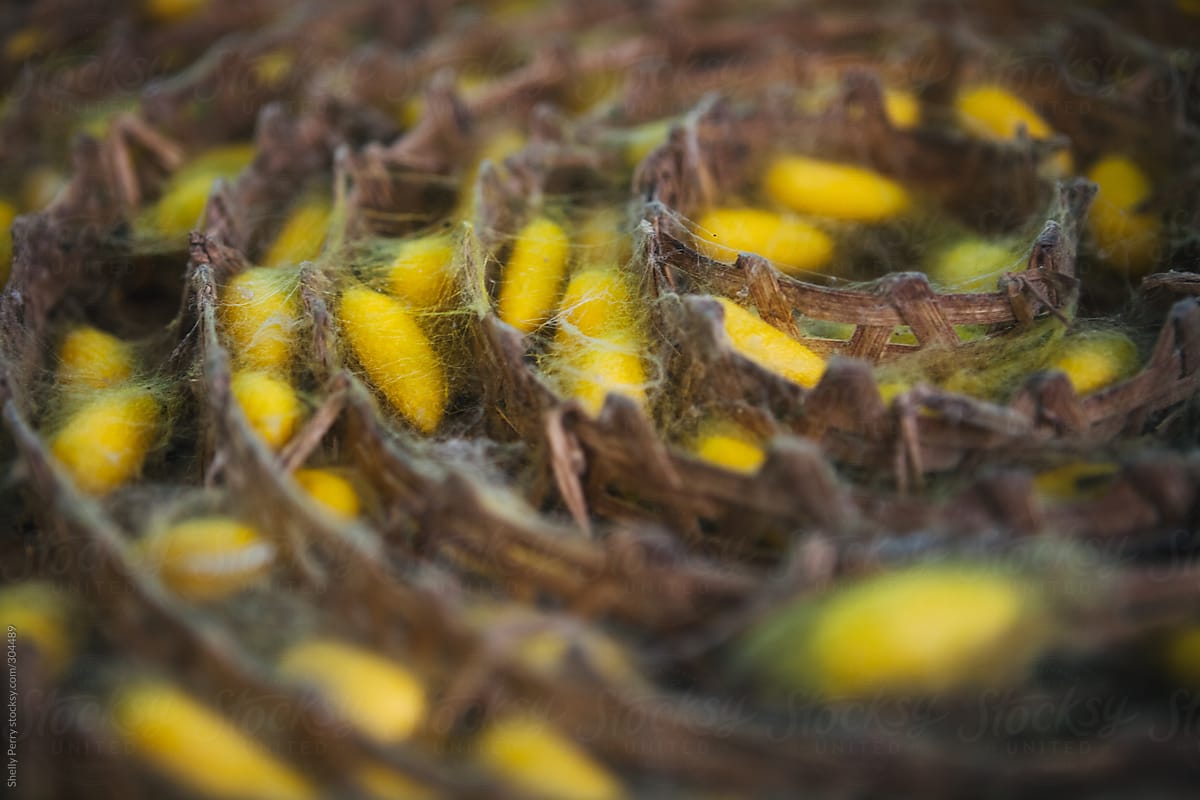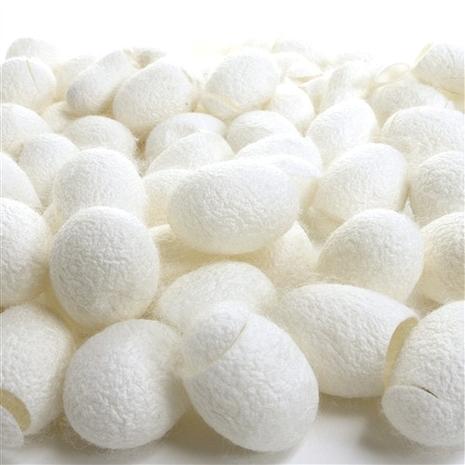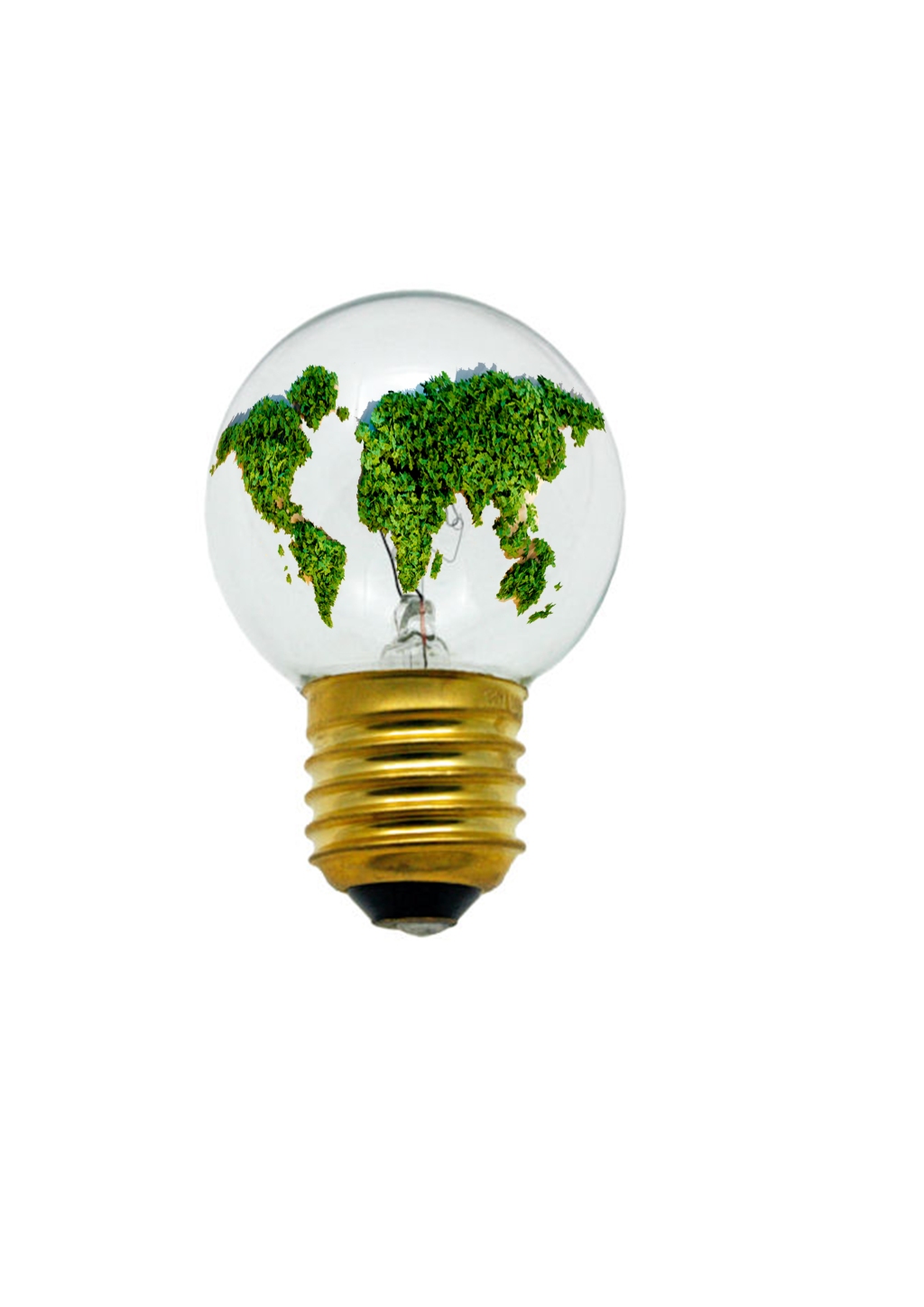Our population is increasing, however the quantity and quality of resources is decreasing. What this means is that if we do not change our ways of life, we are gonna destroy our lives as we know them, and put our children at risk of many unfair changes in their lives. As a sustainable designer, my duty is to inform everyone that I can reach with in my power to make small individual changes that will make an impact.
Why be sustainable at all?
From a fashion perspective, we need materials in form of fabrics, embellishments, glitter, buttons, zippers, shoes, bags, perfumes, glue, jewellery and so many more. Designers and companies source these materials from manufacturers, then turn them into products for consumers on the market. What happens before a product is purchased and how the product is manufactured are the two factors I will focus on to explain why we need to sustainable.
The raw materials.
In fashion, we fabrics that are either woven or knitted depending on what we want. The most common raw materials for fabrics are the cotton plant, sheep, hemp plant, bamboo plant, silkworm, animal skin, petroleum, acrylic, and many other synthetic materials. When you look at each of the raw materials mentioned, you will note that they are not freely available, and many of them have a long term lifecycle. For example the silkworm,


Did you know that it takes 1500-2000 cocoons to make a silk dress? Another example is synthetic materials that need petroleum to produce PVC and polyester. Not forgetting animal raw materials like cool, animal skin, horns and so on. I hope you can where I am going with this. So having given you a brief overview of how limited resources in form of raw materials that we need to meet our clothing needs. Here is what these needs are causing from the manufacturer level to the consumer.
The denim scourge.
Denim is made from cotton due to its very excellent colour absorption properties. Ininially, cotton was made for miners in the industrial revolution who needs a long lasting fabric that could sustain their rough activities without reaping or ageing. However, today we wear denim as a style or luxury, and there are many trends that include a pair of denims which has perpetuated it production. Here is what you need to know about it.
Water pollution and waste.

The picture above speaks volumes, right. If you really think critically, do we need all these jeans, are the all going to be bought and kept for a long period of time, how much water is needed to dye one pair? How much heat is needed in making the water hot for dyeing? How many other salts and solutes are needed to retain the indigo in this dye, let alone make the blue colour long lasting. While we still asking these questions, Where does the water go after it has been used?
Ok, these images are only the tip of the iceberg, considering how many denim companies there are in the world. You can ask yourself how many pairs of jeans have you owned your entire life? Would you want more denims after seeing? What do you think is going to happen to the ecosystems that will interrupted by your one desire to own one more pair of jeans? We need to change our mindset toward nature and be more vigilant with how a change in on human equals a change in the whole world.
The next time you plan to buy a pair of jeans, please think about the decision, and know that your need will be fulfilled but is it really a need for one extra pair jeans, even if it means cultivating extra cotton, extra energy to weave and dye and extra water.
We need to stop being gluttonous in our approach and focus on the things that good nature can give us without having a price to pay, for example availability of fresh water, fresh air, clean beaches and a functional ecosystem.
Fabric waste
When you look at a lifecycle of a piece of clothing or bag, there are many processes they go threw. Lets take an example of a polyester dress, from the petroleum and other similar destructive agents, to woven twisted balls that become strands after spinning to obtain fiber that become the textile. After obtaining the textile, its cut according to the design of the dress. The dress is then sewed using energy and machines which then is pressed, packaged, marketed, delivered or bought. Lets say that a clothing company made this particular design for a dress, then only three quarters of the products is sold, what then happens to the the rest. Then put in mind the the bad samples, rejects, damaged etc. By the time you buy the dress, there is nothing special or emotion attached to the dress. And if that is so, in a couple of months, the dress either lies in your closet because it is not one of your best, or you give it out for charity after a few wears, which the is won by some someone in a third world country, sold as second hand clothing, then ends up in waste. Keep in mind that this is polyester, it is plastic in its burnt state meaning it is non biodegradable, and when it enters the rivers and soil, it disrupts habitats, pollutes the air and water with toxic chemicals. That my friends is an insight of a whole operation your dress has to go threw. Now I would like you to answer this. Should you buy a dress whose lifecycle you know nothing about? Below is a picture to show what exactly our fashion is doing to nature.
My planet, your planet, our planet.
After thinking about the garment itself, we have to consider the people that are involved in the making of these garments. From the raw material stage where there are the farmers, to the factory workers, to the communities where these operations are set up. Once we look at the role each individual has to play, it should be serving them, benefitting them through Corporate Social responsibility projects. The buyer should know the impact of the purchase they are making on a specific item, and they ought to have a humane reason behind making the purchase. It should be a symbiosis relationship as it is with nature, like a natural cycle that factories are constructed, roads and infrastructure is improved, social welfare is decent, labourers are paid on time, buyers are informed, and waste is at a minimum and is biodegradable and can be re-used.
This is our home, an injustice in one place is an injustice to the whole of humanity. This is indeed true, as when you heard of the factory workers that died when the building collapsed in Indonesia, or half of the people in Beijing that need masks over their nostrils because the air is very toxic and polluted due to the numerous factories.


Yes is is your planet and this is your race, we need to take care of ourselves, one another and the greater good of this earth, because once we lose, we lose as a whole. We need to start making cautious decisions and not be blinded by the easy things. We need to cultivate more meaning to the things we do, individually and how they will affect us and the next generation. Imagine if you grew up in a world where you have to pay for fresh air. If we do not start now or stop now, we are creating our own dooms day. It starts with me as a designer, well equipped with this knowledge by disseminating it to other individuals and we create a new cycle of awareness that will create bigger opportunities for change.
Follow up on the next blog post on ways we can change our fashion to being eco-friendly. In the meantime, ponder over the above points and share this message. Lets make our planet beautiful like in the fairytale pictures.







Leave a Reply